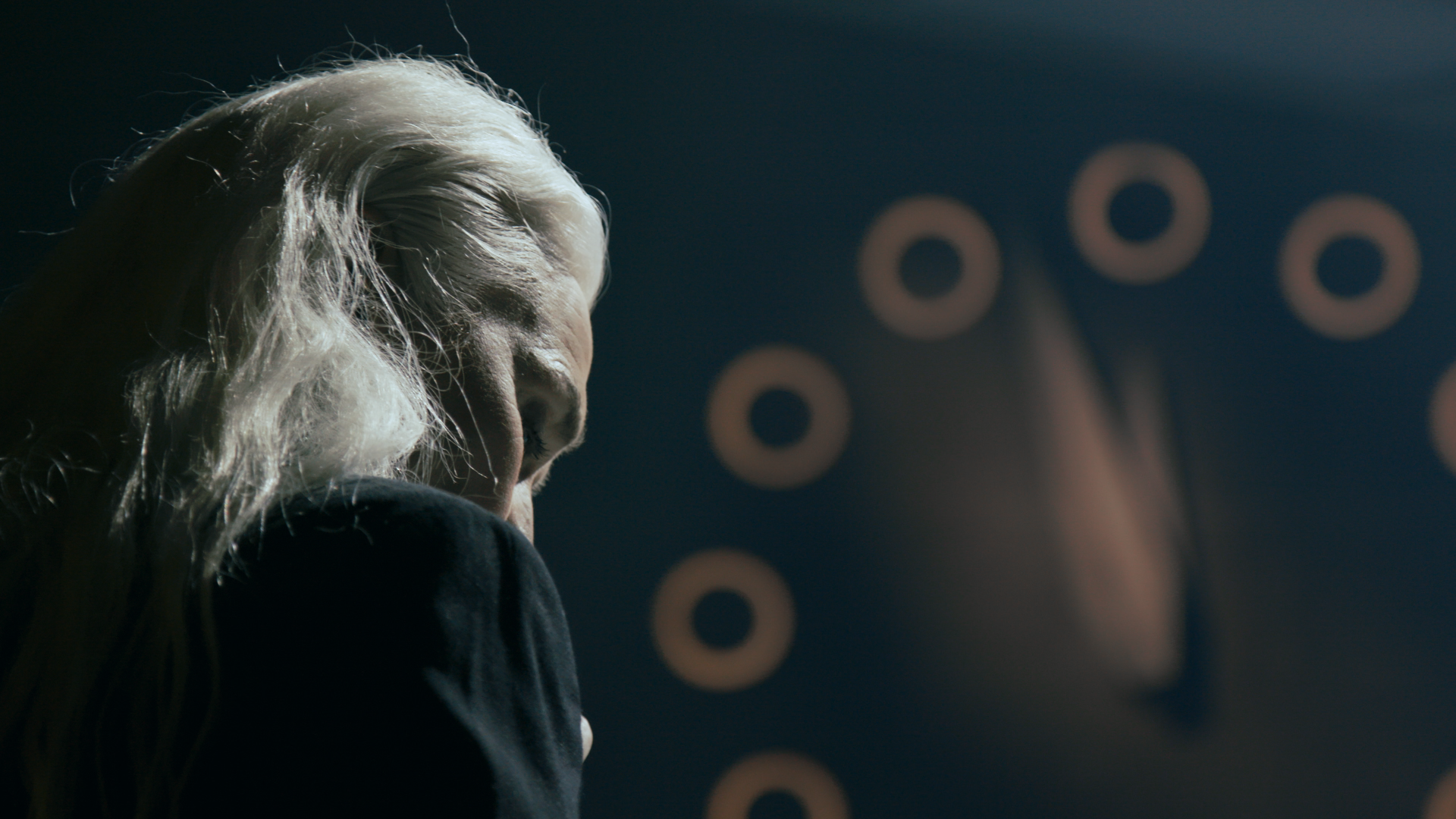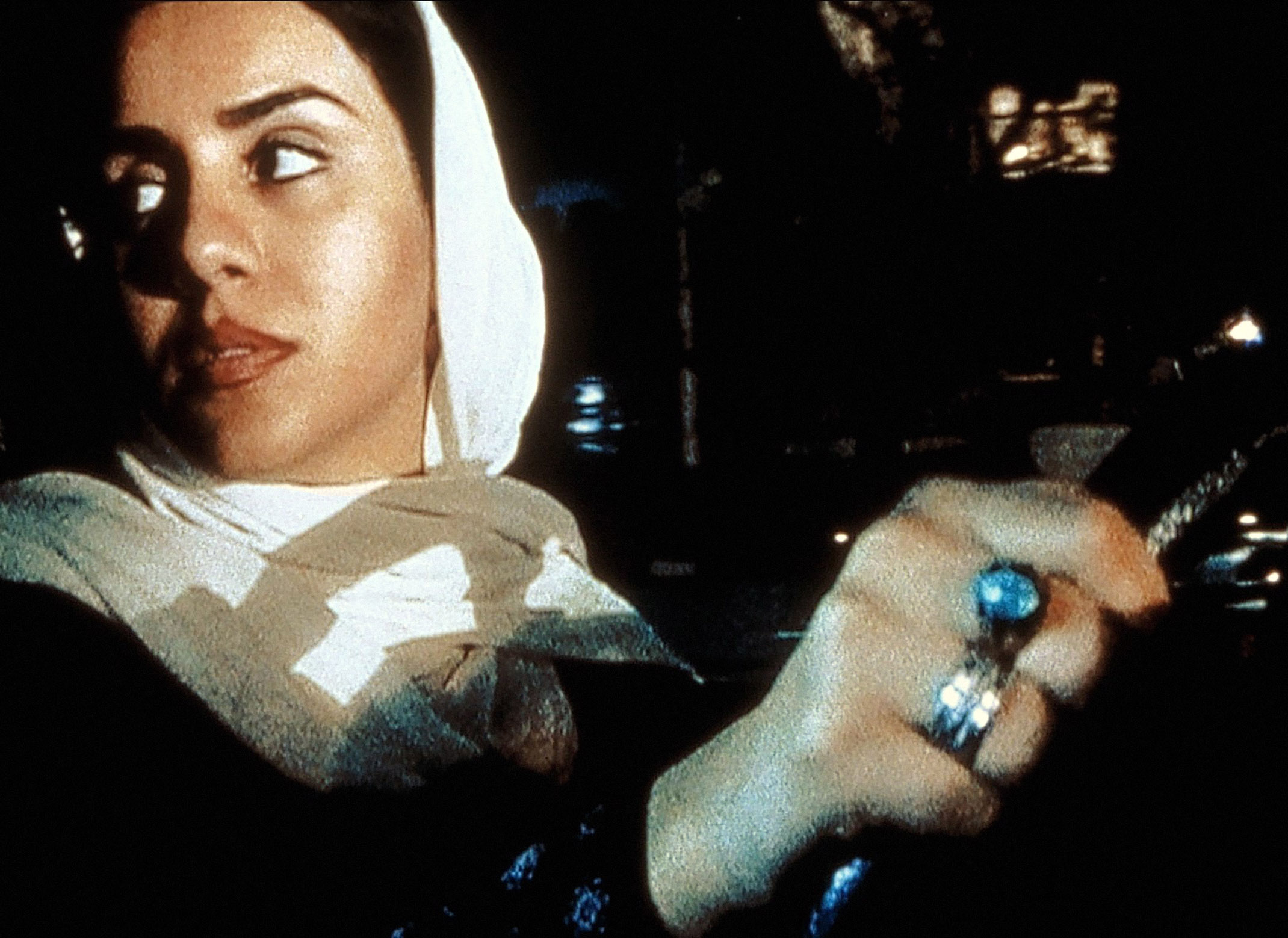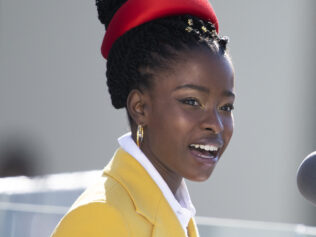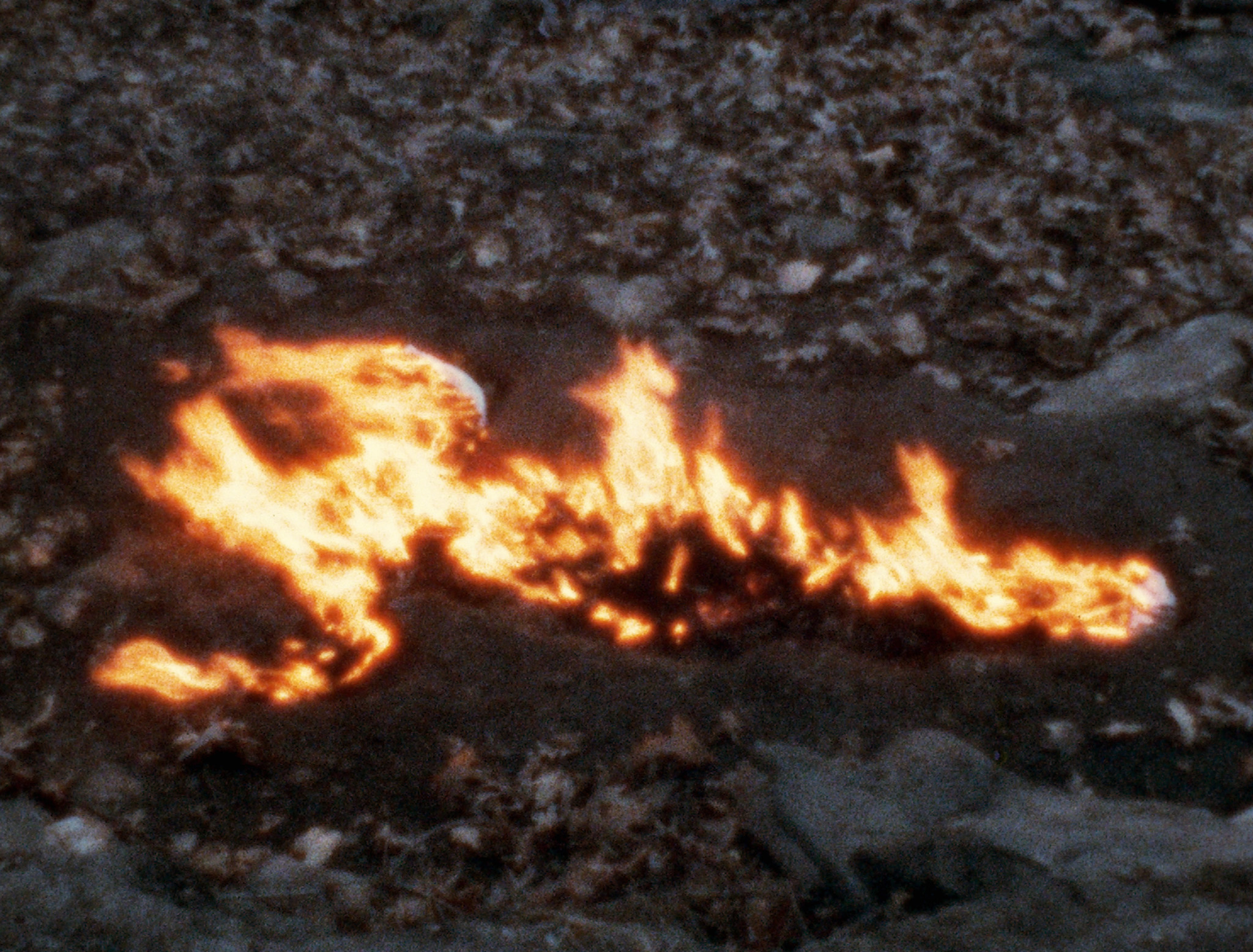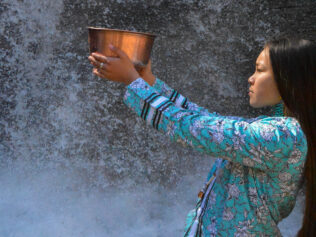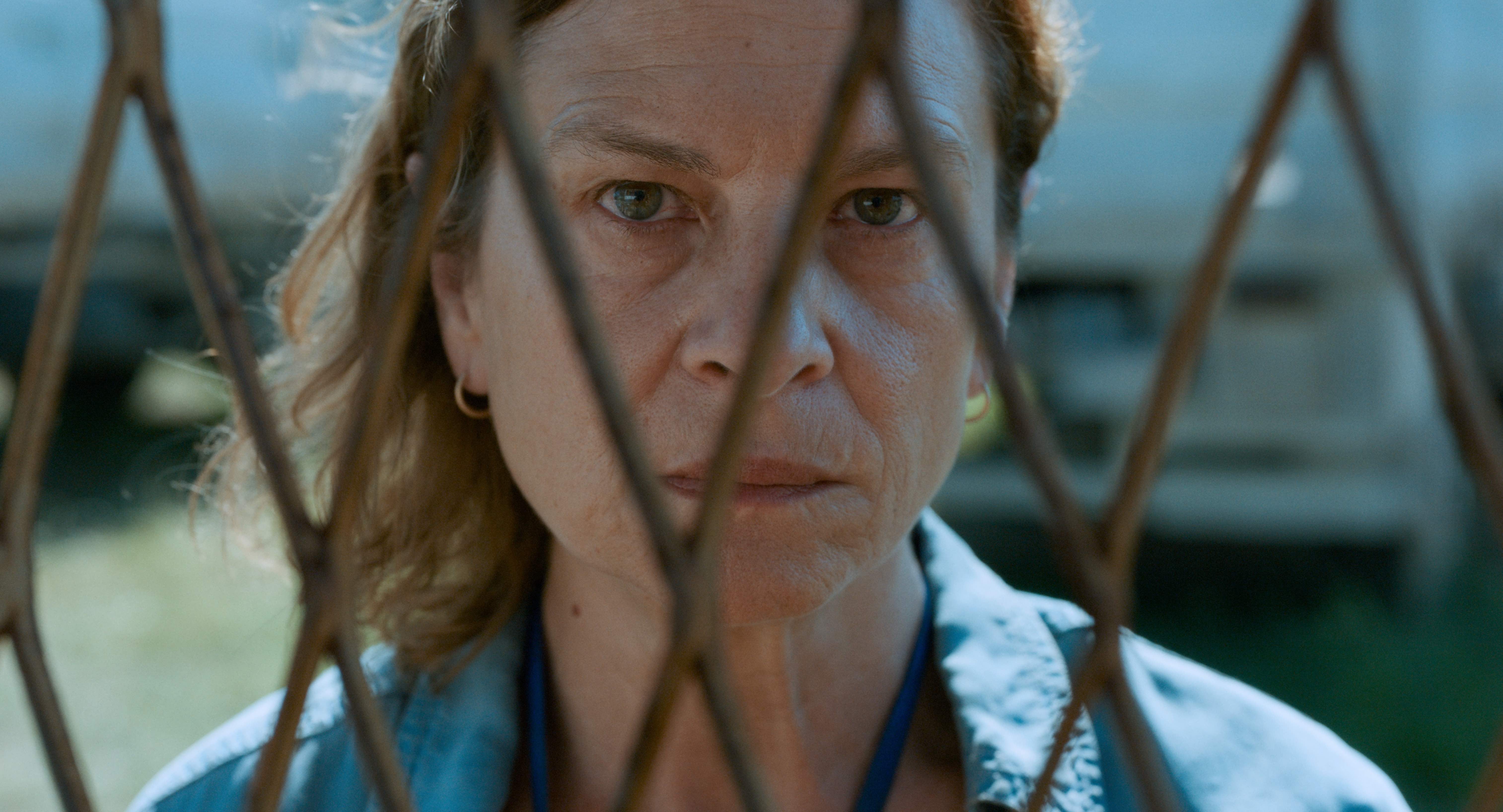
What if women ruled the world – not according to the current, patriarchal rules, but completely new ones? Is it at all possible to change our way of thinking? Visual artist Yael Bartana tries to answer these questions and a few more in the film Two Minutes to Midnight .
Mateusz Demski: In 2017 and 2018, you decided to invite a group of 40 politicians, lawyers and activists from around the world – alongside five actresses – to a peculiar experiment. You locked them in a room, put them at a round table, thus creating a fictional world government. Where did the idea for this come from?
Yael Bartana:It seemed to me that something like this has never happened in the history of the world. After all, the figure of the ‘woman in power’ is not a new phenomenon. History knows such cases, and the presence of women in current world governments is a fact. The point, however, is that despite their position, women find themselves functioning in a model developed and articulated by men. Leadership was and is a phallic conception. This is the paradox: we are dealing with a situation in which women who are surrounded by men often lose themselves in their behavior; in other words, in order to go up within the hierarchical scale of power, women are confronted with the implicit demand to act as men. The question in the film is about a potential or possible diversion of these circumstances. In a situation where women – without men – sit down at a round table,
When did this question arise?
This came at the time of reflection on the situation of Israel and Palestine. After years of following the supposed development in the exchange between the Israeli and Palestinian leadership, I began to think about an imaginary situation: women on both sides have the majority in their respective governments. Would there be any difference? Would there be a plan to resolve the bloody and ongoing reality? This is, of course, a hypothetical question, because in both cases we deal with patriarchal orders. As my thoughts evolved, this notion began to spread in more and more directions – it assumed a global dimension.
This dimension is indicated by the title Two Minutes to Midnight . What exactly do those two minutes refer to?
After World War II, in 1947, a group of scientists created the so-called Doomsday Clock, which metaphorically indicates how far mankind is from extinction. Originally, extinction meant a nuclear war, but today the organization behind the Clock takes into account other factors as well. For example, man-provoked climate catastrophes. Each year the pointers move forward or backward. When I started working on the film, the position of the clock was two minutes before midnight.
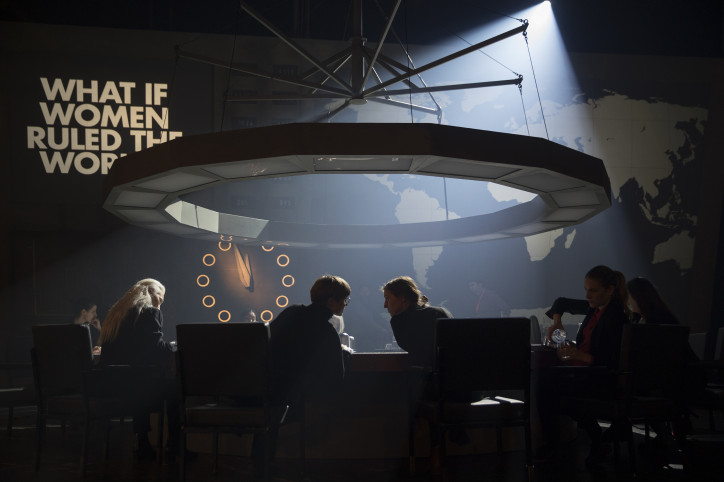
The clock has a symbolic dimension, but there are some who take it quite seriously.
Well, you don’t have to be a scholar to realize that we live in an era of catastrophe. And yet our world is characterized by a mechanism of denial; every day I find myself pushing away thoughts of the coming end of everything. We move forward, challenging and sometimes eliminating or destroying what until recently seemed to be eternal. Looking at human history, I am sometimes overwhelmed by the groundbreaking achievements of both individuals and societies. Then, on the other hand, realizing just how destructive humans have always been challenges my excitement. This is the paradox, the complexity of our species. It seems that there is something in us that at specific moments ignores reason and pushes us to our own destruction, makes us unable to resist our worst passions.
Nuclear weapons are the clearest example of this. The film discusses world denuclearization. The role of the antagonist is played by a fictional politician, appearing under the meaningful name Twittler, who plays his nuclear poker.
This was the scenario – one man with a red button on his desk versus the rest of the world. Some people will call it a simulation, an experiment, others will see traces of our everyday life in it. As one of the experts says in the film: “We live in a time when politicians try to demonstrate to us the length of their rockets and fight with each other about who has the bigger button.” Trump’s tweets to Kim Jong-un looked no different. Kind of childish, but reading it I felt a great fear. This weapon is an instrument of power – its mere existence, even if not actual use, has grave psychological and political influence. Nuclear programs are clearly not only developed and propagated for self-defence, their goal has been and will always be to subjugate others.
Don’t you have the feeling that the idea of total nuclear disarmament is utopia?
The campaign for the abolition of nuclear weapons is a fact – it brings together several hundred organizations from over 100 countries around the world. In 2017, its activities were awarded the Nobel Peace Prize. In the film, it is represented by the Xanthe Hall, a fierce activist who devoted 40 years of her life to this topic. This discussion is ongoing. The talks on the nuclear deal with Iran are ongoing. There are people among us who are calling on nuclear states to negotiate and give up the possibility of producing bombs. These efforts have been constantly ongoing regardless of my work as an artist.
But as an artist, you can broaden your perspective and bring together different contexts. For example, you show the link between nuclear weapons and the gender dimension in the film – the fact that nuclear weapons are basically a phallic, masculine symbol.
Just like the names we give them: ‘Little Boy’, ‘Fat Man’…
Exactly. Recently, I spoke to Jasmila Žbanić, the director of Quo Vadis, Aida? , who pointed out something similar to me. For example, everything we know about war has been told by a male voice, that the rules of this game were set by men.
Here, one can make a long and intricate argument about the gender hierarchy that has accompanied the human species since the dawn of time, at least as we know it. We learn that men went hunting, while woman stayed at home and took care of the children. In the past decades, the ongoing struggles of countless men and women – both in institutions and on the streets – have brought us to a point in which we can assume a certain departure from gender identification; we are now able to look in between. In my opinion, we should not only ask what is power in the hands of men. It’s more about what is power at all in the hands of the people.
Exactly, there are skeptical voices about biological determinism and the idea of romanticizing female leadership. One of the politicians resembles, for example, Hillary Clinton’s candidacy for the presidency of the United States – a woman raised in a white, able-bodied and heterosexual middle class.
Of course, I generally think that only systemic change will allow us to create a new leadership concept in which gender is no longer a category. The problem here is the structure of patriarchal society, which is based on relations of domination and subordination. Not only are women in the role of dominated, passive, inferior people – this applies to the various minorities of the world.
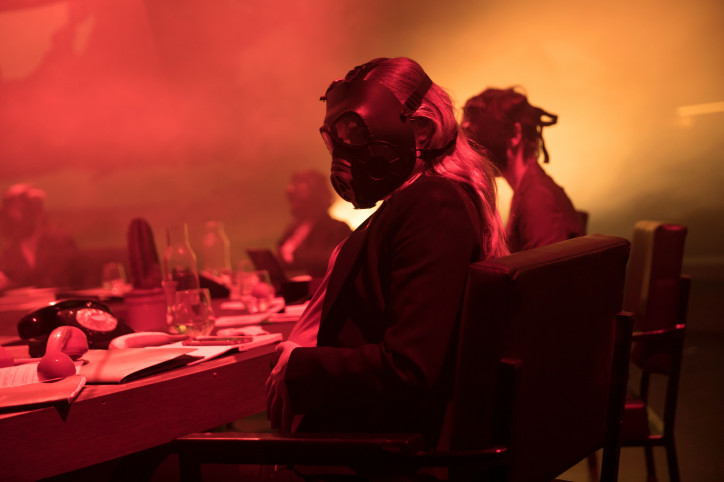
This is a question that keeps recurring in the film: What if women ruled the world? Exactly what then?
I don’t know what it would look like, but I think it’s time to try it!
For me, art provokes questions, art can create a platform for experimentation, a space to dare and provoke. This was the case with the film, which came from the urgent need to think about the potential opportunities for the world. Would the world be a better, safer place under the rule of women? Free from populism and class divisions? Perhaps, but not necessarily. For years, this question has haunted me, and clearly I still cannot solve it within a punchline or clear conclusion. Unfortunately, as drastic as it sounds, I find myself increasingly thinking that perhaps the only recovery plan is the end of the world. The end of humanity as we know it. Maybe we must start from scratch to see if there might be a difference?
With the constant feeling of such permanent fear and tension, is there any room for joy, happiness and satisfaction at all? Is there anything that gives you this?
Art. That it exists. Without it, life would be unbearable and the human condition too terrifying. At the same time, a question immediately arises, which persistently wanders through my head and has been bothering me for years: What is my role as an artist and my art? Can art have a positive effect on this dark time in which we live? Art reflects the state of the world and the doubts that artists have about this state. Art can help us to collectively imagine a different world, a speculative future. Art can create an image. People’s lives.
You also probably never concealed that your art includes the need to work through your own experiences. You were 18 when you served in the Israeli army. I think this experience has marked you and your art.
Yes, of course. I don’t know if you’ve seen one of my early videos from 2000 titled Profile. It is a short film, documenting Israeli female soldiers training at a shooting range – for the first time they are holding a gun in their hands and are about to shoot. It was a personal project for me. When I joined the army, I didn’t ask any questions… Military service is mandatory in Israel and I come from a family in which our participation in the war defined us in a fundamental way. It wasn’t until later that I became critical. With perspective, I feel it was waste of time – and also the most depressing time of my life. This aversion to militarization has remained with me, it is the result of constant brainwashing and it sets a great danger. At the same time, militarized societies are a wide-ranging problem that is not unique to Israel. In the United States, gun ownership is one of the standards of democracy. The ending ofTwo Minutes to Midnight is symbolic in this context. Actually, it is a registration of my other project, which I realized in Philadelphia: Bury Our Weapons, Not Our Bodies! . As the title suggests, we bury weapons in the ground instead of bodies.
You really think…
Art has the capacity to articulate such hopes. Note that in Two Minutes to Midnight, I refer to Stanley Kubrick’s film Dr. Strangelove. Kubrick worked on this film during the Cold War, he shared his own fears about the future of the world and, at the same time, showed them in a crooked mirror in order to tame the viewer with the darkest scenarios. In Kubrick’s case, the action takes place in the War Room; I change it into the Peace Room. I do not have much faith in myself, but perhaps I will live to see the times when – as our lady president says – we start preferring peace to war.
Parts of this interview have been edited and condensed for clarity and brevity.
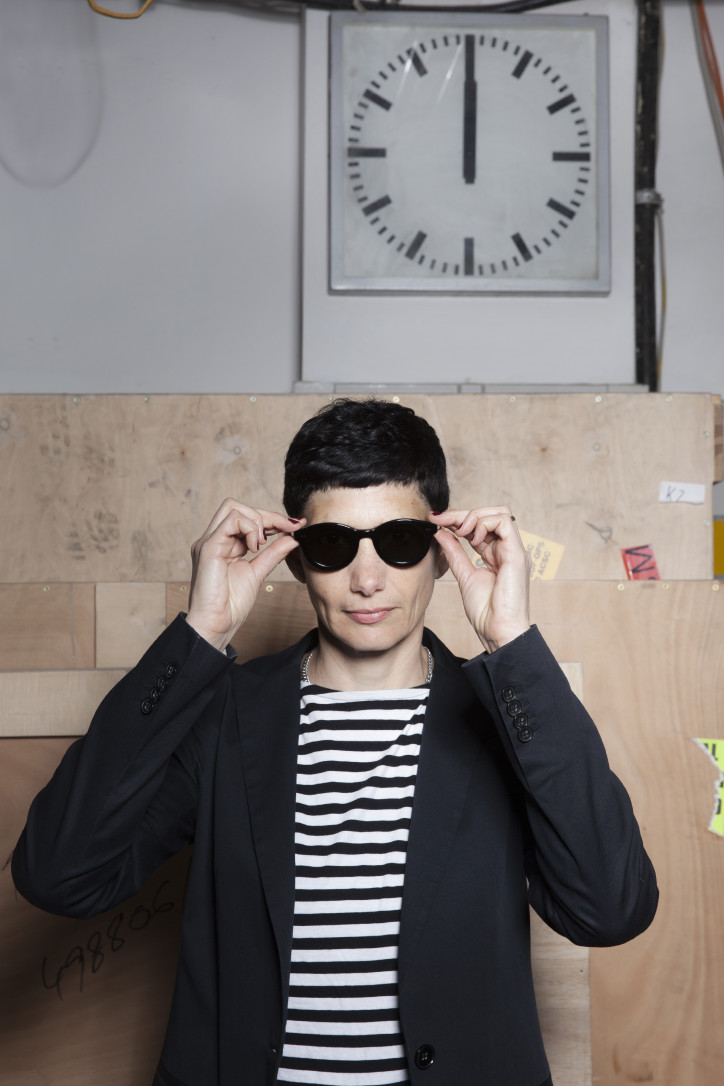
Yael Bartana:
Born in 1970 in Afula, Israel. A visual artist who works with photography, film, video and sound installations. Her art stems from the experience of living in a country of constant conflict, tension and fear, and from the Zionist tradition. Since 2008, she has been working, among other countries, in Poland, creating projects on Polish-Jewish history and its impact on the identity of Poles today. In 2011, she represented Poland at the 54th Venice Biennale.
Introduction and biography translated from the Polish by Richard Greenhill


